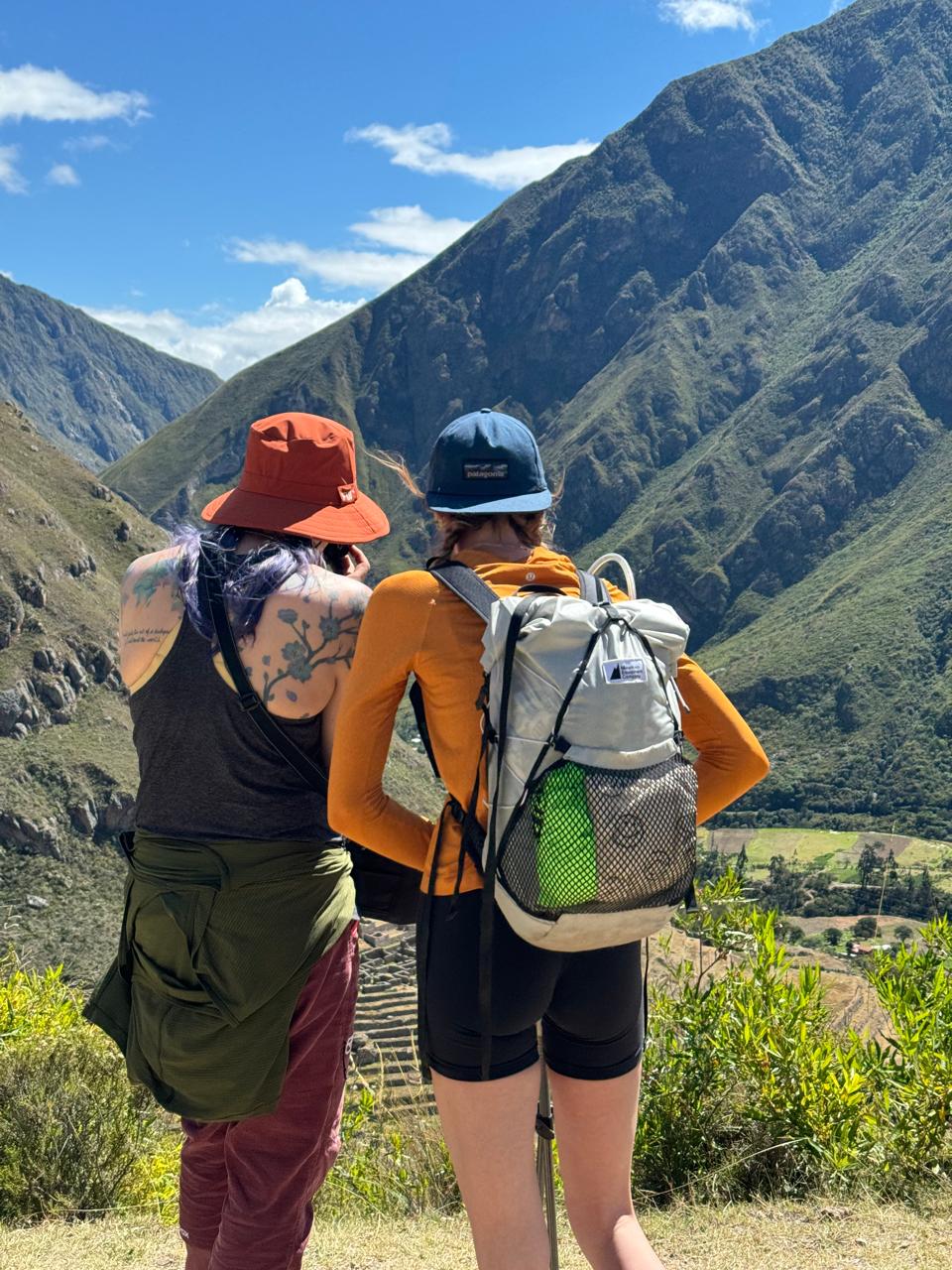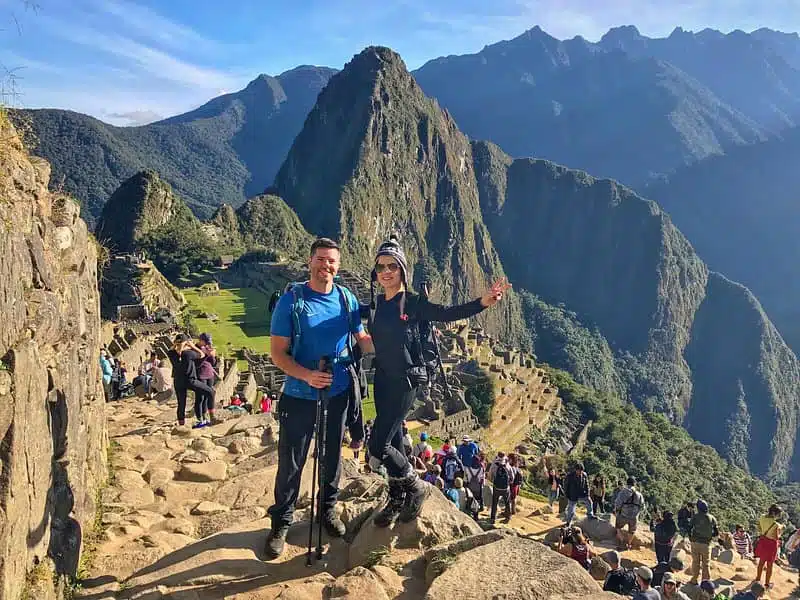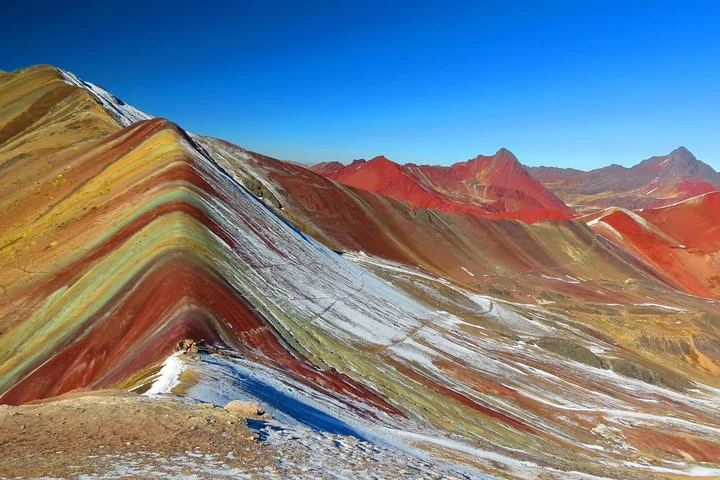Traveling to Cusco, Peru can be an unforgettable experience, but it's essential to be aware of the altitude in Cusco Peru. At an elevation of about 3,400 meters above sea level, the city can pose challenges for visitors who are not accustomed to high altitudes. In this comprehensive guide, we'll explore what altitude is Cusco Peru, the potential health risks associated with high altitude, and provide you with valuable recommendations for preventing and treating altitude sickness.
Understanding the Altitude of Cusco Peru
Cusco, often referred to as the "belly button of the world," sits at an impressive altitude in Cusco Peru of approximately 3,400 meters (11,152 feet). This high elevation can lead to a condition known as altitude sickness or acute mountain sickness (AMS). Understanding the altitude in Cusco Peru and its effects on the body is crucial for a safe and enjoyable trip.
Symptoms of Altitude Sickness
When traveling to high altitudes like Cusco, Peru, it's important to recognize the symptoms of altitude sickness. Common signs include:
- Headaches
- Nausea or vomiting
- Dizziness
- Fatigue
- Shortness of breath
- Loss of appetite
These symptoms can range from mild to severe and should not be ignored. If you experience any of these signs, it's essential to take action to prevent the condition from worsening.
Preventing Altitude Sickness in Cusco Peru
There are several strategies you can employ to minimize the risk of altitude sickness when visiting Cusco, Peru. Here are some key recommendations:
Gradual Acclimatization
One of the most effective ways to prevent altitude sickness is to allow your body time to adjust to the altitude in Cusco Peru. Spend a few days in Cusco before heading to even higher altitudes like Machu Picchu. This gradual acclimatization can significantly reduce your risk of AMS.
Stay Hydrated
Drinking plenty of water is crucial when at high altitudes. Dehydration can exacerbate the symptoms of altitude sickness, so aim to drink at least 3-4 liters of water per day while in Cusco, Peru.
Avoid Alcohol and Caffeine
Both alcohol and caffeine can contribute to dehydration, which can worsen altitude sickness. It's best to limit or avoid these beverages during your initial days in Cusco, Peru.
Consider Medication
Some travelers may benefit from taking medication to prevent altitude sickness. Acetazolamide (Diamox) is a commonly prescribed drug that can help reduce the symptoms of AMS. Always consult with a healthcare professional before starting any new medication.
Treating Altitude Sickness in Cusco Peru
If you do experience symptoms of altitude sickness while in Cusco, Peru, it's important to take action promptly. Here are some steps you can take to treat AMS:
Descend to a Lower Altitude
If possible, descending to a lower altitude can provide quick relief from altitude sickness. Even a few hundred meters can make a significant difference in how you feel.
Rest and Hydrate
Resting and staying hydrated are key components of treating altitude sickness. Take it easy, drink plenty of fluids, and avoid strenuous activities until you feel better.
Use Oxygen
In some cases, supplemental oxygen can help alleviate the symptoms of altitude sickness. Many hotels and clinics in Cusco, Peru offer oxygen therapy for tourists.
Seek Medical Attention
If your symptoms are severe or do not improve with rest and hydration, seek medical attention immediately. High-altitude pulmonary edema (HAPE) and high-altitude cerebral edema (HACE) are serious conditions that require prompt treatment.
FAQ About Altitude in Cusco Peru
What is the altitude of Cusco Peru?
The altitude in Cusco Peru is approximately 3,400 meters (11,152 feet) above sea level.
How can I prevent altitude sickness in Cusco Peru?
To prevent altitude sickness in Cusco, Peru, gradually acclimate to the altitude, stay hydrated, avoid alcohol and caffeine, and consider taking medication like acetazolamide.
What should I do if I get altitude sickness in Cusco Peru?
If you experience altitude sickness in Cusco, Peru, descend to a lower altitude if possible, rest, hydrate, use supplemental oxygen if available, and seek medical attention if symptoms are severe.
Can I still visit Machu Picchu if I'm worried about altitude sickness?
Yes, you can visit Machu Picchu, but it's important to spend a few days acclimatizing in Cusco, Peru first. This can help reduce your risk of altitude sickness when you reach the higher altitude of Machu Picchu.
Conclusion
Understanding the altitude in Cusco Peru and how to manage altitude sickness is essential for a safe and enjoyable trip. By following the prevention and treatment recommendations outlined in this guide, you can minimize your risk of AMS and make the most of your time in this incredible destination. Don't let the altitude deter you from experiencing the rich history and stunning landscapes of Cusco, Peru. Plan your trip wisely, and you'll be well-prepared to handle the challenges of high altitude.
Ready to explore Cusco, Peru with confidence? Start planning your trip today and experience the magic of this ancient city at altitude in Cusco Peru!




